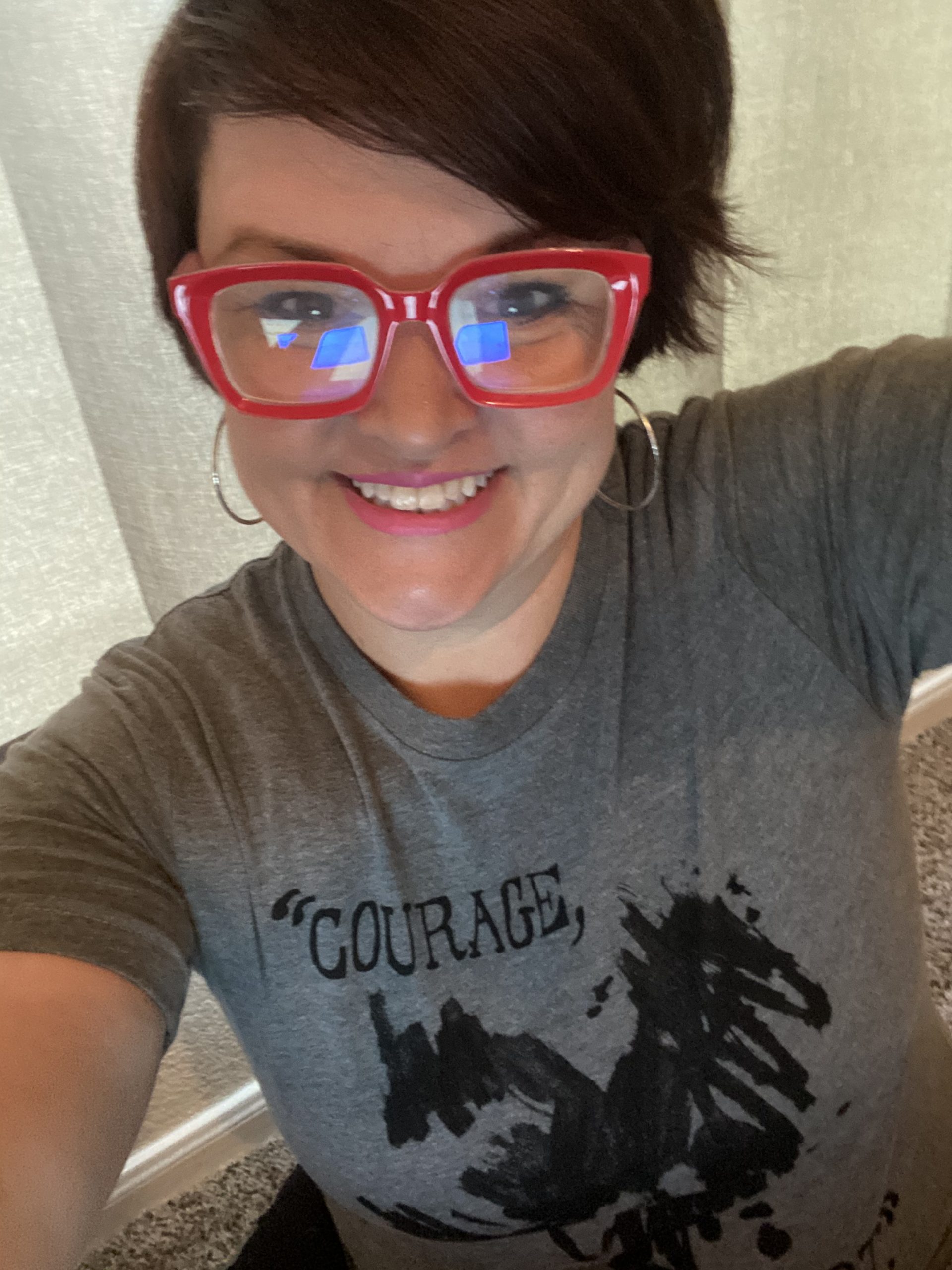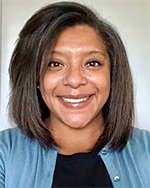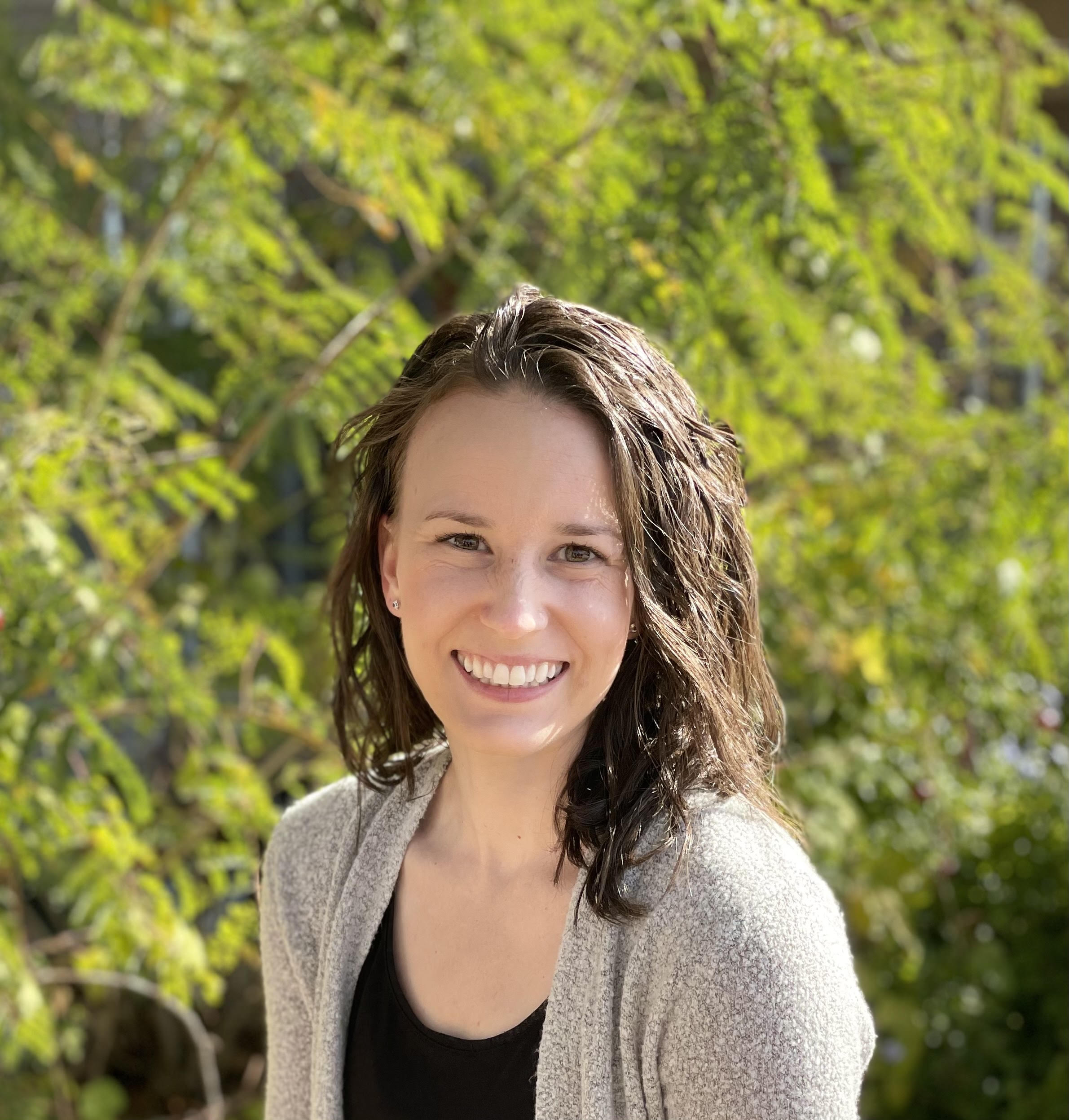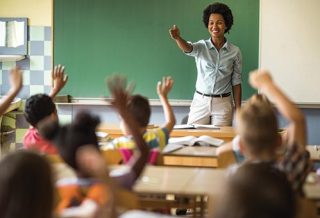FOCUS
Coaching with SEL in mind
By Carrie Edmond, Rebekah Kmieciak, Rachel Mane and Ashley Taplin
Categories: Coaching, Collaboration, Facilitation, Social & emotional learningAugust 2021
Social and emotional learning skills such as growth mindset and perseverance have always been important for learning mathematics, but educators are not always explicit about how or intentional about integrating them into math classrooms. In the North East Independent School District in San Antonio, Texas, we are working to change that.
''Social and emotional learning skills such as growth mindset and perseverance have always been important for learning mathematics.'' #TheLearningPro Share on XTwo years ago, Ashley Taplin, a math specialist and co-author of this article, attended a district-led session where co-author Carrie Edmond and her SEL/behavior team from the office of student leadership and well-being were sharing the importance of integrating social and emotional learning into instructional practices.
Our district was in the early stages of this SEL integration, but Taplin was excited about the idea of applying it in mathematics instruction. She approached Edmond about next steps for putting the ideas into practice, and the four of us began to collaborate across our two offices.
Since that time, we have integrated SEL language and practices into multiple math curricula, prompting more intentional use of SEL across the district.
A powerful partnership
When we began collaborating in 2019, we chose to start by integrating SEL practices into the scope and sequence of Algebra II classes, because it is Taplin’s content focus and we were aware of the need for it in upper-level secondary classes. We grounded this work in CASEL’s five SEL competencies (see casel.org/sel-framework): self-awareness, self-management, social awareness, relationship skills, and responsible decision-making.
In each Algebra II unit, we integrated one of CASEL’s three signature SEL practices (CASEL, 2019a): a welcoming activity, an engaging practice, or an optimistic closure to the unit content. (See example of a welcoming activity from our Algebra II curriculum above.)
When we used the mix and mingle strategy with students, you could feel a heightened energy in the class. Students were engaged and willingly discussing math content while building self-awareness. When we used the optimistic closure strategy called one word whip around, teachers said that the self-management skills needed here allowed them to formatively assess their learning through summarization.
This successful integration spurred more ideas. The following year, we created more resources for teachers and expanded our focus to include additional math courses. For example, we created play cards (Taplin, 2019) based on CASEL’s three signature practices that helped teachers plan and implement in-the-moment SEL-based strategies.
We also wrote sample language for explicit dialogue (see “Explicit dialogue for social emotional learning” on p. 39) (Taplin et al., 2020), one area CASEL identifies as essential to high-quality SEL-focused classrooms (CASEL, 2019b). These sample prompts (Taplin, 2021), such as explaining the purpose of lesson check-ins for building self-awareness or that the reason we do group work is to deepen our relationship skills, gave teachers ideas for helping students hear the why behind SEL.
We also provided opportunities for teachers to learn with us through team-based, campus-based, and districtwide professional learning. We helped teachers build their own SEL capacity through check-ins, celebrations, and self-care activities and explained how each of these built on teachers’ self-awareness, social awareness, and relationship skills. With campus and district-based professional learning, we provided strategies and ideas for teachers to transfer their knowledge to students.
For example, at one session in which we were showcasing an optimistic closure, a teacher commented during the closure that she used to think SEL was just the fluffy stuff, but now she knows that SEL deepens the learning of math through reflection and communication.
This transfer of knowledge was exciting and affirming that what we were doing was working. Teachers were not only learning strategies for embedding SEL, but also understanding the meaning behind SEL. (See “Strategies play card” at right.)
A collaborative coaching model
As we increased our collaborative efforts, we began to notice that we were infusing the SEL practices into the coaching that each of us engages in with teachers (Taplin and co-author Rachel Mane on math instruction; Edmond and co-author Rebekah Kmieciak on behavior support). Our coaching had become more rooted in reflection and in ideas we developed together.
Reflecting on our process led us to the understanding that the coaching cycle we engage in with teachers lives within a bigger cycle of reflection and collaboration among coaches and across traditional disciplinary boundaries. We call this the collaborative coaching model. (See pdf.) It has five recurring, cyclical steps:
Reflection. This step happens on the individual level when a coach or specialist engages with a thought, connection, idea, or a curiosity. For example, one of the math specialists was thinking about how to embed SEL into the curriculum in a way that was more explicit.
Independent brainstorm. The coach or specialist then generates new ideas that are born out of the original reflection. The specialist in the example just mentioned began thinking of what she learned at the SEL session. She began digging deeper to consider how this could tie into the work she was already doing with teachers.
Collaboration for new lens. At this stage, the coach or specialist seeks input from others, looking for additional insight and varying perspectives. The math specialist reached out to the SEL specialist, and the two in turn decided to include additional colleagues. The newly formed team met several times during this phase to generate ideas, develop plans, and set priorities.
Coaching cycle. This stage is where the coach/specialist takes the new idea, resource, or strategy to the educators they support. (It may be accompanied or preceded by professional learning to provide an overview to teachers.)
For example, the math specialist engaged in professional learning with Algebra II teachers on the three signature practices we wrote into their curriculum. Teachers experienced them and shared how they would use them in their math classroom.
Return to reflection. During this stage, the coaches and specialist come back together to debrief and reflect, share insights and new ideas, and adjust accordingly. This often leads to the larger cycle repeating itself.
This final stage is critical and can often be overlooked. We must prioritize the practice of reflection both individually and collectively. From the example above, the math specialists brought teacher feedback to our team to discuss plans for future professional learning opportunities.
Looking ahead
As we look ahead, we are eager to continue spreading this work to the remainder of our math content areas. As our superintendent joked at a districtwide meeting, if Algebra II can embed SEL, anyone can. While this gave us a laugh, we know math and other subjects have always been deeply rooted with SEL — we just need to be explicit in crafting how so teachers can help students experience it.
Doing this involves breaking down stigmas that exist about collaboration between departments, disciplines, and educators to normalize the kind of collaboration and reflection that are making a difference in our mathematics classes.
As we reflect on this past school year full of immense change and trauma from the pandemic, we often think about what practices have been most effective in our work and what we will carry forward into next year. In a time where we had to distance ourselves physically, we realized it was the power of collaboration that enhanced all we did.
Breaking from the silos and relying on each other’s knowledge enabled us to grow, share, and deepen our learning. Our work as math specialists and social emotional learning coaches may typically be seen and defined as separate roles, but when we realized our connectedness, our work was transformed. We created powerful partnerships, became more reflective and intentional, and were ultimately able to create a new model that could transfer to any coaching cycle.
The collaboration among the four of us has been key to success in part because it models collaboration for those we support; indeed, we have begun to see teachers and administrators forging stronger connections with one another. Our process of building and maintaining a collaborative relationship is simple yet practical and effective.
First, we have built trust through consistent communication. We follow up with one another in a timely way and offer grace when we are unable to follow through, because we all understand the flexibility needed to support teachers districtwide. We also prioritize time and space for collaboration. And finally, we share a commitment to our own personal growth through continued professional learning and educational networking. What began as an organic curiosity has turned into an intentional practice for growth and connection.
How to begin
Reflection has been the front and center of each step in this work, and we recommend making it a centerpiece of all coaching to integrate SEL and content areas. As new connections are created and our collaboration branches out, we find ourselves coming back to reflect and naturally begin to flow through the model and deepen our work. This has enhanced our work and impact as coaches.
As you begin to incorporate social and emotional learning or any collaborative coaching efforts at your campus or district, we encourage you to start with reflecting on your own skills and areas for growth.
''As you begin to incorporate #SEL or any collaborative coaching efforts at your campus or district, we encourage you to start w/ reflecting on your own skills & areas for growth.'' #TheLearningPro Share on XThe following questions can help you assess what you need as leaders and learners to support those you work with, emphasizing how you build and maintain relationships and how well you recognize how others build relationships.
- How do I see myself as a learner? What learning styles do I learn best from?
- Am I coachable? Am I flexible? What are my strengths, and how can I continue to grow?
- How do I see myself as a leader? Am I willing to be open to feedback? Do I consider the viewpoints of others?
Your responses from these three questions will help your self-awareness before building relationships or entering into a coaching cycle. The next three questions focus on social awareness as you work your way through the collaborative coaching model. Each of your responses can be used to guide your own professional learning on coaching and social emotional learning.
- How do I provide support and advice?
- What does collaboration look like and feel like to me?
- How do I connect with others?
- How do I create opportunities to connect?
Finally, ask yourself the following to determine your next steps:
- What ways do I reflect best?
- What are my takeaways from my reflection?
In the spirit of collaboration, please reach out to us if we can be your thought partners or answer any questions.
Download pdf here.
References
CASEL. (2019a). SEL 3 signature practices playbook. schoolguide.casel.org/resource/three-signature-sel-practices-for-adult-learning/
CASEL. (2019b). Explicit SEL instruction. schoolguide.casel.org/focus-area-3/classroom/explicit-sel-instruction/
Taplin, A. (2021, April 8). How to embed SEL into your instruction. Edutopia. www.edutopia.org/article/how-embed-sel-your-instruction
Taplin, A. (2019, November 20). 3 signature practices play card. drive.google.com/file/d/15WVD_e0lDOyur6zZUglxNZ8IAYhvWpVC/view
Taplin, A., Kmieciak, R., Edmond, C., & Mane, R. (2020, November 21). Explicit dialogue for social emotional learning. www.canva.com/design/DAEZgN2GjcM/Jj3P_g7ivFCwfQH_jpqFDQ/viewutm_content=DAEZgN2GjcM&utm_campaign=designshare&utm_medium=link&utm_source=sharebutton
Categories: Coaching, Collaboration, Facilitation, Social & emotional learning
Recent Issues
WHERE TECHNOLOGY CAN TAKE US
April 2024
Technology is both a topic and a tool for professional learning. This...
EVALUATING PROFESSIONAL LEARNING
February 2024
How do you know your professional learning is working? This issue digs...
TAKING THE NEXT STEP
December 2023
Professional learning can open up new roles and challenges and help...
REACHING ALL LEARNERS
October 2023
Both special education and general education teachers need support to help...














